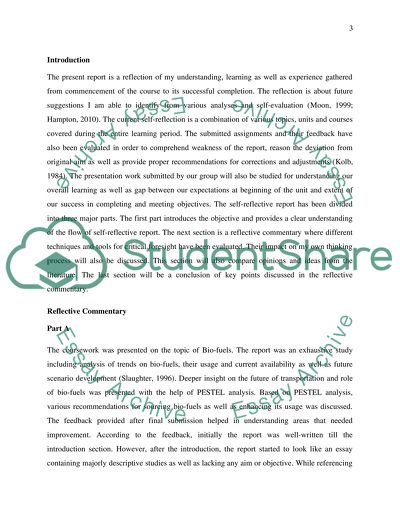Cite this document
(Strategic Future Planning Essay Example | Topics and Well Written Essays - 1750 words, n.d.)
Strategic Future Planning Essay Example | Topics and Well Written Essays - 1750 words. Retrieved from https://studentshare.org/education/1639234-a-reflective-report
Strategic Future Planning Essay Example | Topics and Well Written Essays - 1750 words. Retrieved from https://studentshare.org/education/1639234-a-reflective-report
(Strategic Future Planning Essay Example | Topics and Well Written Essays - 1750 Words)
Strategic Future Planning Essay Example | Topics and Well Written Essays - 1750 Words. https://studentshare.org/education/1639234-a-reflective-report.
Strategic Future Planning Essay Example | Topics and Well Written Essays - 1750 Words. https://studentshare.org/education/1639234-a-reflective-report.
“Strategic Future Planning Essay Example | Topics and Well Written Essays - 1750 Words”, n.d. https://studentshare.org/education/1639234-a-reflective-report.


